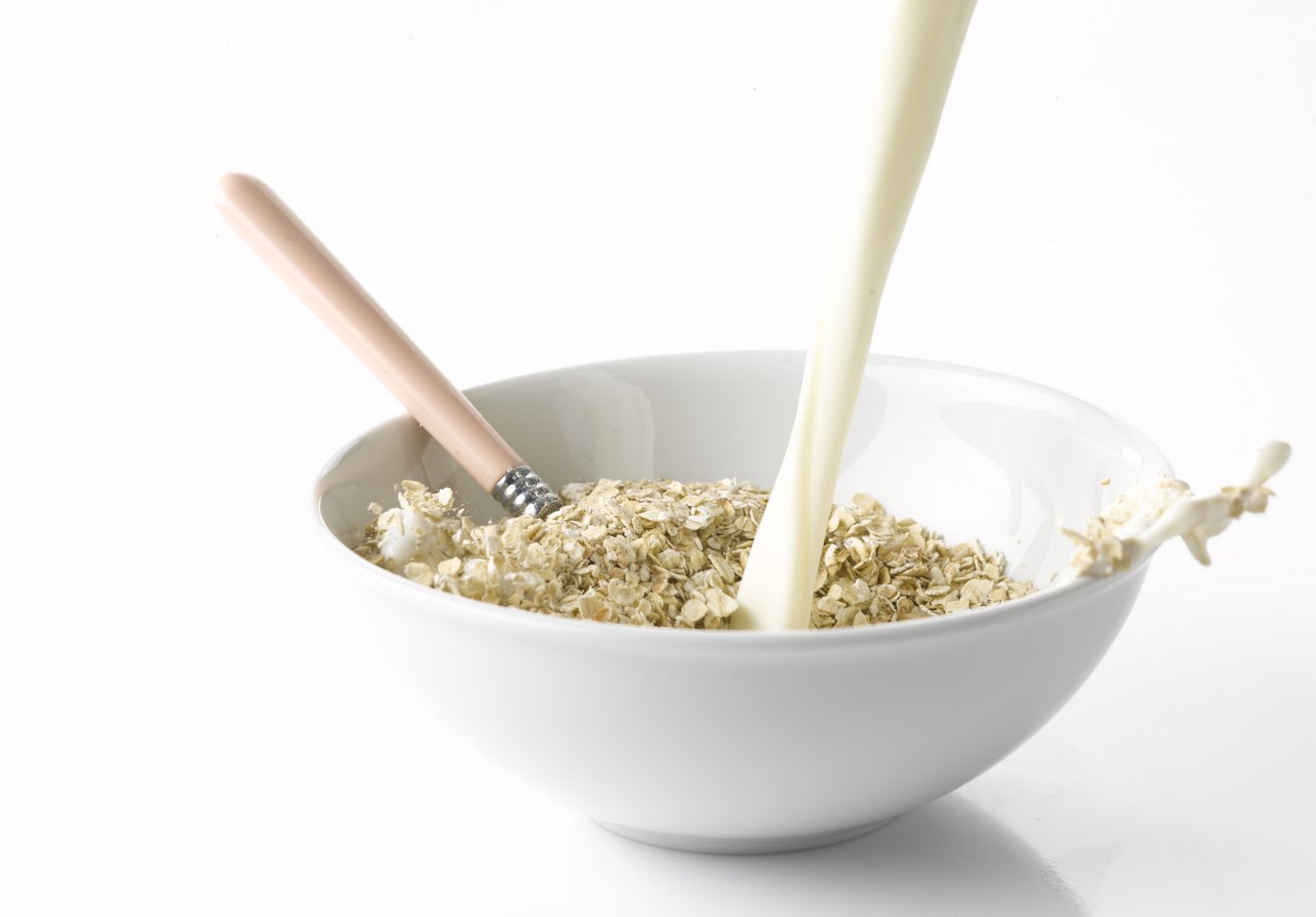Researchers want to improve the quality of plant drinks
The demand for plant drinks is growing, but how is the quality of their proteins? Researchers are investigating this in a new project that, with the help of groundbreaking analysis methods, will ensure that the plant drinks of the future have the best possible nutritional quality.

Have you tried oat drink, almond drink, rice drink or maybe pea drink? Then you are far from the only one. In recent years, a wealth of plant drinks have found their way to the shelves in Danish supermarkets as part of the growing selection of plant-based foods often included in a more climate-friendly diet.
But what about the protein quality in the new product category? Do we get what our bodies need when we increase consumption from adding a bit of rice drink in the morning coffee to pouring it on our oatmeal?
So far, this has been a bit of a mystery, but researchers from the Department of Food Science at Aarhus University will look deeper into this.
In a new research project, they will explore the marvelous world of plant drinks with the aim of investigating the connection between processing and quality of plant protein in various plant-based drinks to help ensure that the products of the future have the best possible protein quality.
- Plant drinks go through a harsh processing, where the protein components are extracted from raw material, such as almonds or rice. In addition, the plant drink is heated at high temperatures to ensure that no bacteria are present. So the product has to go through a lot before it ends up with the consumer, and we currently do not know how this affects the protein quality, says postdoc Anne Vuholm Sunds:
- When we create knowledge about the protein quality in different plant drinks, and how this is affected by the processing, we can find out which buttons to push in order to achieve the highest possible protein quality in the finished product.
Can we absorb proteins from plant drinks in our bodies?
Generally, plant-based proteins have a lower content of essential amino acids than animal-based proteins, and when these are extracted to be included in a plant drink, chemical changes and denaturation occur - a process that can also destroy the protein molecule's natural building blocks.
In the process, cross-links can be formed between amino acids in the proteins, and this can, for example, lead to aggregate formation, which is proteins clustering together in larger groups. This can not only affect the appearance of drinks, but the process can also affect the nutritional aspects in relation to digestion and absorption, which are not visible to the naked eye, but which are absolutely crucial to our health:
- The content of protein in plant drinks can already be measured, and that information is available to the consumer on the packaging, but the quality of protein is unknown. In fact, it is not at all certain that we are able to absorb all the important amino acids from the proteins during digestion, in the quality found in the plant drink, says Ida Schwartz Roland, who is a PhD student on the project:
- Thus, it can be very difficult for the consumer to figure out whether they are getting enough protein if plant drinks are an important part of their diet. In addition, we would like to contribute to the development of gentle treatment of plant-based proteins included in new products.
The researchers' hypothesis is that the more harsh a processing method is, the more the proteins will change, and the poorer the quality will be; they will be poorly digested and absorbed into our bodies. By being able to measure these changes, it will be possible to create new, gentle methods of pre-processing food proteins.
Pioneering analysis methods in play
The researchers will investigate a number of plant drinks that they develop themselves and know exactly how have been processed - and thus know where they can adjust the processes. In addition, they will research a selection of the beverages available in the market to gain knowledge about the products that consumers actually buy and consume on a daily basis.
They will test both completely fresh products and products that have been stored for up to a year to determine the role of storage time.
Among other things, the researchers will use a completely new mass spectrometry-based method that can determine the exact amount of two important crosslinks, lysinoalanine and lanthionine, to decide what drives their formation.
Once the product itself and its protein quality have been under scrutiny, the researchers will investigate how and whether our bodies digest those proteins. This will be done by simulating the digestive process in different parts of the intestine in the laboratory, using enzymes such as those we have in the gastrointestinal system, and which we use to break down proteins into smaller parts so that they can be absorbed into the body.
| Additional information | |
|---|---|
| We strive to ensure that all our articles live up to the Danish universities' principles for good research communication (scroll down to find the English version on the web-site). Because of this the article will be supplemented with the following information: | |
| Study type | Laboratory experiments |
| Collaboration partners | Department of Food Science, Aarhus University. Project leader: Professor Lotte Bach Larsen. Additional project staff from AU FOOD are Postdoc Søren Drud Heydary-Nielsen and Associate Professor Nina Aagaard Poulsen. |
| Funding | The VEGMILK project is funded by Aarhus University Research Foundation and has a 3-year duration. Read more about the foundation here. |
| Read more | Read the article: New analysis method can improve the quality of long shelf-life milk. |
| Contact | Anne Vuholm Sunds, Postdoc, Department of Food Science, annesunds@food.au.dk Ida Schwartz Roland, PhD student, Department of Food Science, isr@food.au.dk |
